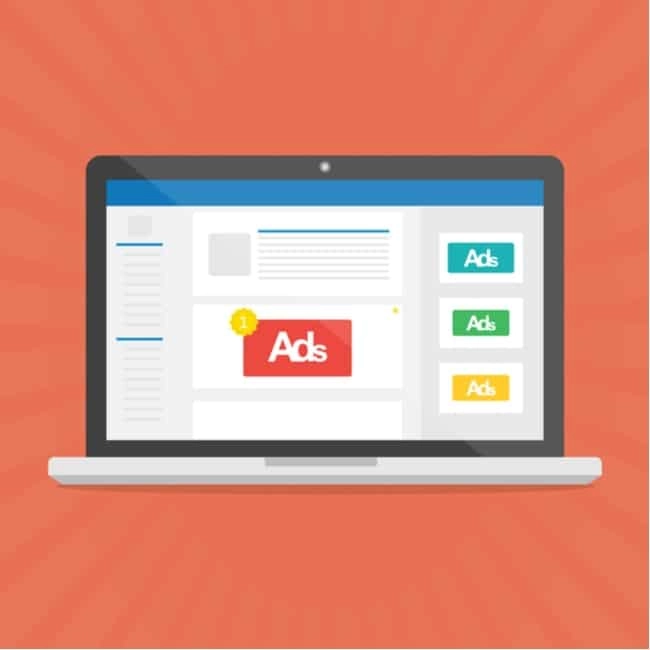What Is A Good RPM or eCPM for My Website?

What is a good RPM or eCPM for a website?
One of the most common questions I see from digital publishers is, “what is a good RPM or eCPM for my website?” I completely understand this sentiment. RPMs (rate per mille) and eCPMs (effective cost per mille) are standard advertising metrics for how much an advertiser is paying for ad impressions on publisher’s page. The problem with this question is that it requires a lot more data to provide a really good answer.
Below, I’ll highlight all the different things that need to be considered when determining what a good RPM or eCPM might be for your particular website or web page. I’ll also discuss why publishers should actually be [focusing on a different metric](http://blog.ezoic.com/why-ecpm-vs-rpm-is-skewing-true-earnings/) instead when trying to ultimately maximize the value of the inventory on their website or web page long term.
Why a good RPM or eCPM is always relative…

1.) Your website niche and page content
This is the one that almost every publisher understands. The topic, content you distribute, or niche information that you deliver to potential readers helps to establish part of the value of your website’s pages to advertisers.

Top 20 most valuable website categories and keywords for advertisers
As a very rudimentary example, I own three websites. One of them is a website focusing on Brazilian Jiu-jitsu, another is focused on sports injuries, and the last one broadly focuses on health and wellness. My health and wellness website earns a much higher RPM and eCPM on most of its pages than the highest earning pages on my Brazilian jiu-jitsu website. The health and wellness site simply provides content to a much broader and more valuable audience.
The broader the subject matter, and the more valuable of an audience that content attracts, plays a massive role in the ceiling and floor of your potential website RPMs or eCPMs; which leads us to the next important element…
2.) Who is visiting your website and its respective pages?

3.) The role of seasonality on the above factors

Predicting a good RPM for your website
So, let’s do the math really quick. Look at all the potential factors that could make it difficult for you to compare your site to another; as it relates to a good or bad RPM or eCPM.
- Site content/niche
- Content quality
- Audience geo-location
- Audience demographics
- General seasonality
- Audience seasonality
- Topic trends and breaking stories
- and that’s just the major stuff!
All these factors together make it hard to create a standard good or bad RPM for a particular site in general. What’s more, even similar sites have a lot of caveats to deal with comparing RPMs and CPMs between them.
Ultimately, when website owners have these types of queries they really want to answer one of the fundamental questions…
> Am I making more or less digital revenue from my site than I should be?
**and/or…**
> Taking into account all factors (seasonality, etc), how am I doing over time? Am I increasing my value per visitor or not?
Getting to the heart of the matter
Answering those two questions above is really difficult when we are talking in terms of CPMs ([see why here](http://blog.ezoic.com/what-is-cpm-ad-networks/)) or looking at RPMs and eCPMs as a core success metric ([more info on this here](http://blog.ezoic.com/why-ecpm-vs-rpm-is-skewing-true-earnings/)). However, all is not lost. There are actually a few really good ways for publishers to empower themselves with data without much effort.

Using EPMV to track a “True North”

Comparing your website’s earnings to other sites

Forget the number, track the metrics that matter
I’m hoping that the information has you less concerned about a hard and fast number for a _good_ RPM or eCPM. I bet there’s a part of you that still wishes you could just see a list of “—” sites and their respective RPMs. I can save you a lot of time and tell you that no such list exists.
Additionally, I can reassure you that the information and techniques for measuring yourself listed above are far more valuable to you than any arbitrary number would. I talk to thousands of publishers every year and those growing the fastest are always thinking about their data in terms of the way I have outlined it above.
Have additional questions or contributions to the subject? Leave them below. We have tens of thousands of publishers that read our blog each month. Perhaps they will chime in their thoughts as well.

